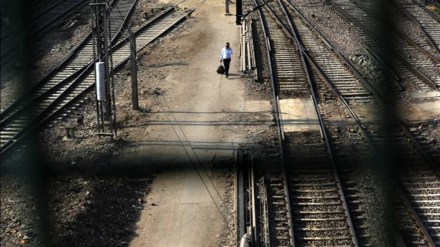With a vision of providing an eco-friendly, faster, and energy-efficient mode of transportation, Indian Railways is marching towards 100 per cent electrification of its Broad-Gauge tracks. It will also reduce India’s dependence on imported petroleum-based energy and enhance the country’s energy security.
In this process, during 2022-23, electrification of 1,973 Route km (2,647 TKM) has been achieved. It is 41 per cent higher as compared to the corresponding period of 2021-22. In addition, 1,161 and 296 km of electrification of double lines and sidings respectively have also been completed till date. Thus, during 2022-23, a total of 4100 TKM have been electrified. With this, electrified network of railways has been extended to 83% in the country and the railways is one step closer to reaching Net Zero Carbon Emissions by 2030.
It is pertinent to mention here that when it comes to zones, five zonal railways North Central Railway (NCR), East Coast Railway (ECOR), South Eastern Railways (SER), West Central Railway (WCR) and Eastern Railway (ER) have been 100 per cent electrified.
When it comes to states, Uttarakhand has been 100% electrified. In another development, all mail express trains to Tirupati via Dharmavaram-Pakala have been switched to electric traction.
In October this year, Indian Railways achieved 81.51 per cent electrification of the total Broad-Gauge (BG) network in India.
“Indian Railways achieves 81.51% electrification of the total Broad Gauge network. With this, Indian Railways is steadily moving towards achieving Net Zero Carbon Emission by 2030,” tweeted Darshana Jardosh, Minister of State for Railways and Textiles, Government of India (GOI).
It may be recalled here that on several events Prime Minister Narendra Modi has stressed the need for Net Zero Carbon Emission in the country. It means net-zero carbon dioxide (CO2) emissions. The term is used in the context of carbon dioxide-releasing processes related to transportation, agriculture, energy production, and industry.
